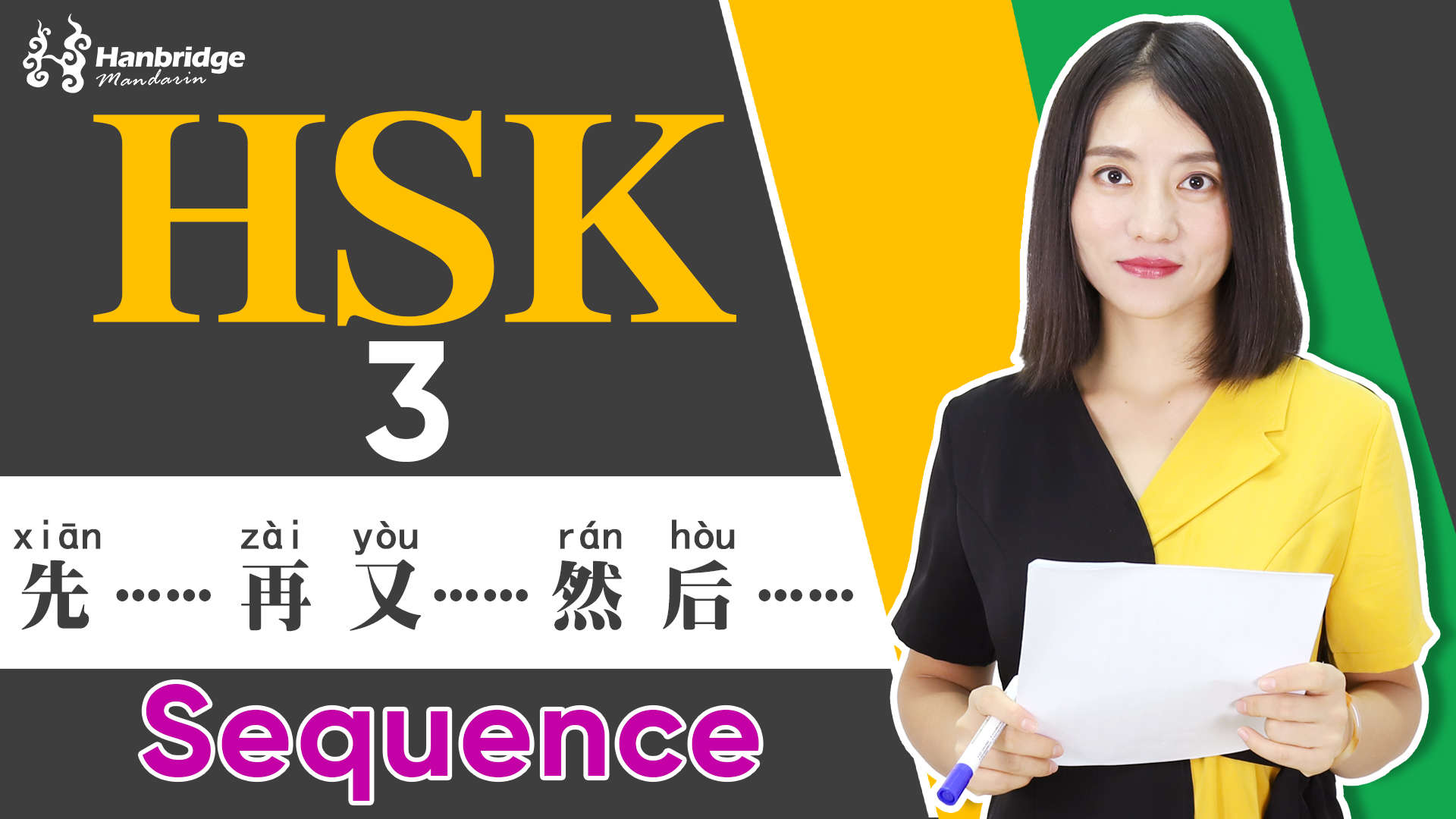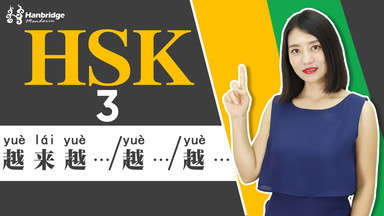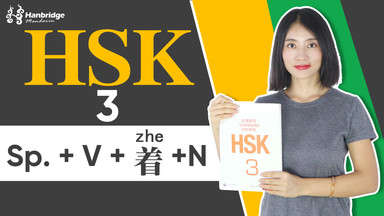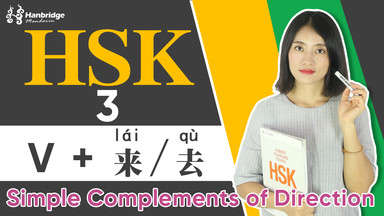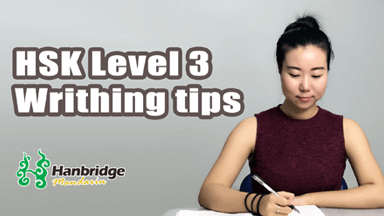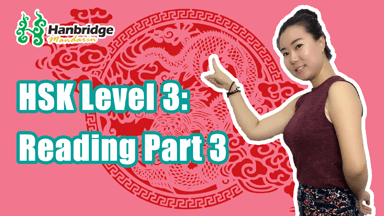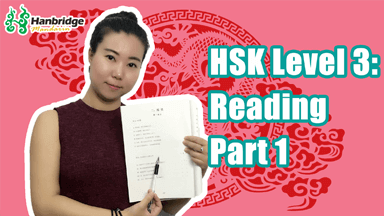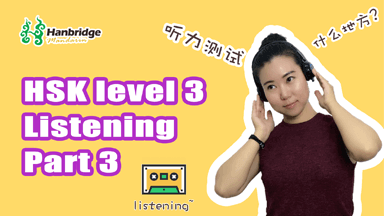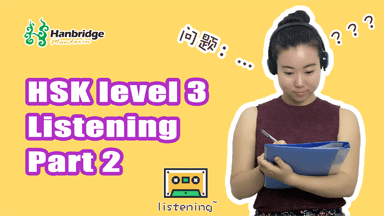HSK 3 Sentence Structure 3


Teacher: Vikki Lv Experience: 4 years
HSK 3 Sentence Structure 3
Teacher : Vikki Lv
你好!我是汉桥的老师,欢迎大家和我一起学习HSK3. 今天我们继续学习“着”。Sometimes, two actions occur simultaneously.
For example, I’m standing and I’m also talking.
If we want to express two simultaneous actions in one sentence, we normally use this structure: V1 着 + V2。我们一起看一下:
This structure shows that two actions take place at the same time, and the V1 here is the accompanying state or manner of V2.
For example:
In English, we say “I am standing while I am talking”. As“standing” is the accompanying state of “talking”,“talking” is V2 and standing is V1. In Chinese we say 我站着说话。
Let’s see some more examples:
他喜欢躺着看电视。 Here 躺is the accompanying state of 看电视.
V1 V2 猫和狗喜欢趴着睡觉。趴is the accompanying state of睡觉。
Sometimes, the accompanying state is a verb-object word, we need to put 着right after the verb, so it becomes V1 着 O1 + V2。
我们看一下儿例子:
有些明星总是戴 着 墨镜 出门。
V1 O1 V2 我喜欢 听 着 音乐 做运动。
V1 O1 V2
In some conditions, both actions happen simultaneously but they seem more balanced, and we can’t tell which one is the accompanying state of the other, then we can use 着 after each action.
我们看一下例子:
吹着海风,听着音乐,特别舒服。
我们一起吃着东西,聊着天儿,真的很开心。
我们一起看一下以前的考试题:
1. 他笑着回答:“当然可以,过去朋友们都这么叫我。”-H31002
2. 西瓜的汁儿多,吃的时候小心点儿,要低下头,不要吃得脸上、衬衫上都是。还有,不要一边吃一边说话。
吃西瓜时须:
A 站着 B 低着头 C 多喝牛奶
-H31002 3. 2月14号早上,她正要去上班的时候,突然看到男朋友拿着鲜花站在门口。-H31005
好了,你学会了吗?来做一下练习吧:
我喜欢(/)。(听音乐,看书)
她男朋友(/)向她求婚(propose)。(鲜花,跪)
她(/)。:我愿意。(笑,回答)
你喜欢和我们一起学习吗?If you like it, please subscribe and stay tuned.下次见!







.jpg)
